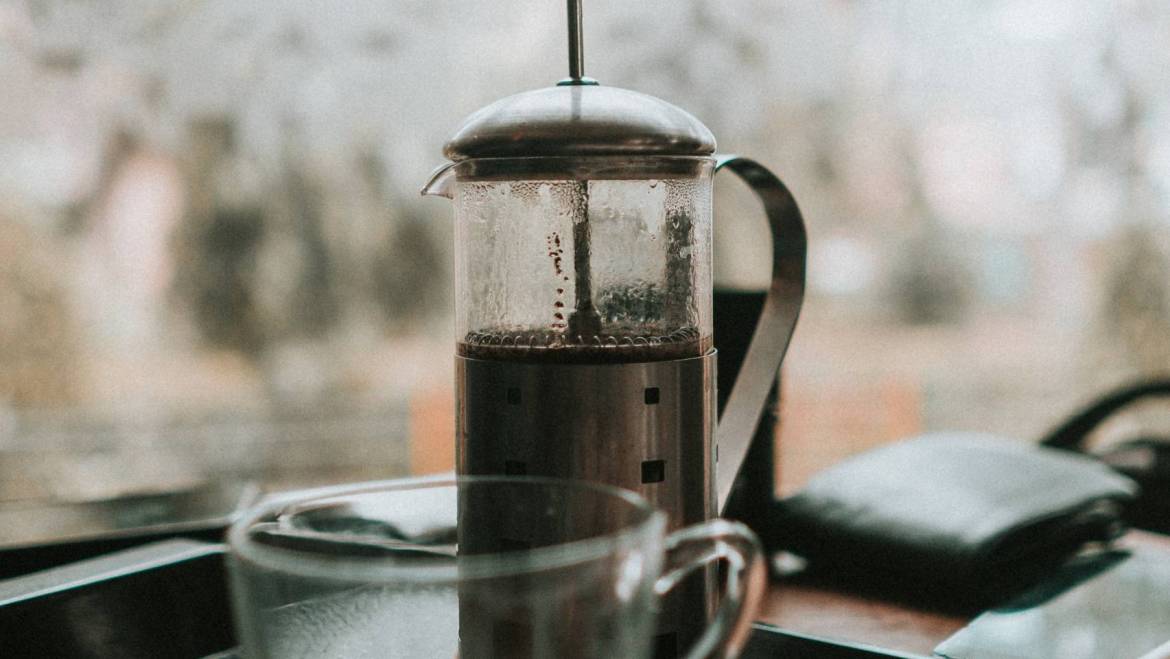The French Press is an iconic brewing method that has captivated coffee lovers for generations. Its simplicity, elegance, and ability to produce rich, full-bodied coffee make it an enduring favorite among aficionados and novices alike. In this comprehensive guide, we will explore the history of the French Press, its components, the perfect brewing technique, and tips to elevate your coffee experience.
A Brief History of the French Press
The French Press, also known as the press pot or plunger pot, traces its origins back to the late 19th century in France. Although there is some debate over who exactly invented the device, it is commonly attributed to Attilio Calimani, who patented the design in 1929. Over the years, the French Press has undergone numerous refinements, but its core principles have remained unchanged.
Components of the French Press
Understanding the various components of the French Press is key to mastering this brewing method. The primary parts include:
- Cylinder: The main body of the French Press, typically made from glass, stainless steel, or ceramic.
- Plunger: The rod-like structure with a handle at the top, which is used to press the coffee grounds.
- Filter: A metal mesh attached to the plunger, which separates the coffee grounds from the liquid.
- Lid: The top covering, which helps retain heat and prevent spills.
Selecting the Right Coffee Beans
The foundation of a great French Press coffee is the bean selection. Opt for high-quality, freshly roasted beans, preferably from a local roaster. Arabica beans are a popular choice for their smooth and well-balanced flavor profile. Experiment with different roasts and origins to discover your personal preference.
The Perfect Coffee Grind
Achieving the right grind consistency is crucial for a successful French Press brew. A coarse grind is recommended, as it allows for a more even extraction and reduces the risk of over-extraction. Using a burr grinder will ensure a consistent grind size, which is essential for optimal flavor and aroma.
The Ideal Water Temperature
Water temperature plays a significant role in extracting the best flavors from your coffee beans. Aim for a temperature between 195°F and 205°F (90°C and 96°C). Using a digital thermometer or a temperature-controlled kettle can help you achieve the perfect temperature for your French Press coffee.
The Brewing Process
Now that we've covered the basics, let's dive into the step-by-step process of brewing French Press coffee.
- Preheat the French Press: Pour hot water into the empty press to warm it up. This will help maintain the ideal brewing temperature.
- Measure and Grind the Coffee: Use a ratio of 1:15 to 1:18 coffee to water, depending on your taste preference. For a 34-ounce French Press, this translates to 50-60 grams of coffee. Grind the beans to a coarse consistency.
- Add the Coffee Grounds: Discard the preheating water and add the coffee grounds to the French Press.
- Pour the Water: Pour the hot water over the coffee grounds, ensuring they are evenly saturated. Start by adding half the water, then stir gently to ensure all grounds are wet. After 30 seconds, add the remaining water.
- Steep the Coffee: Place the lid on the French Press, but do not press the plunger yet. Allow the coffee to steep for 4 minutes.
- Press the Plunger: Slowly press the plunger down,separating the coffee grounds from the liquid. Ensure that the plunger is pressed evenly and smoothly to avoid agitation, which can lead to a bitter taste.
- Serve and Enjoy: Immediately pour the brewed coffee into your favorite cup to prevent over-extraction. Savor the rich, full-bodied flavors of your perfectly brewed French Press coffee.
Tips for a Better French Press Experience
To elevate your French Press coffee experience, consider these expert tips:
- Use Freshly Roasted Beans: Fresh coffee beans have a more robust and complex flavor profile. Aim to use beans within two weeks of their roast date for optimal taste.
- Invest in a Quality Grinder: A good burr grinder will provide a consistent grind size, which is essential for even extraction and optimal flavor.
- Experiment with Brew Ratios: Adjust the coffee-to-water ratio to suit your taste preferences. A higher ratio will yield a stronger brew, while a lower ratio will produce a lighter, more delicate cup.
- Clean Your French Press Regularly: Thoroughly clean your French Press after each use to remove residual oils and coffee grounds, which can influence the taste of future brews.
French Press vs. Other Brewing Methods
While the French Press is a beloved brewing method, it's worth considering how it compares to other popular techniques:
- Drip Coffee: Drip coffee makers are convenient and consistent but may not deliver the same full-bodied flavor as a French Press.
- Pour Over: Pour-over coffee is known for its clarity and precision, allowing for greater control over extraction. However, it requires more attention and skill than the French Press.
- Aeropress: The Aeropress produces a smooth, clean cup of coffee with less sediment than a French Press. However, it has a smaller brewing capacity and a slightly different flavor profile.
In conclusion, the French Press is a timeless brewing method that consistently delivers rich, full-bodied coffee. By understanding its components, selecting quality beans, and following the proper brewing techniques, you can master the art of French Press coffee and enjoy a truly exceptional cup at home.




Add Comment